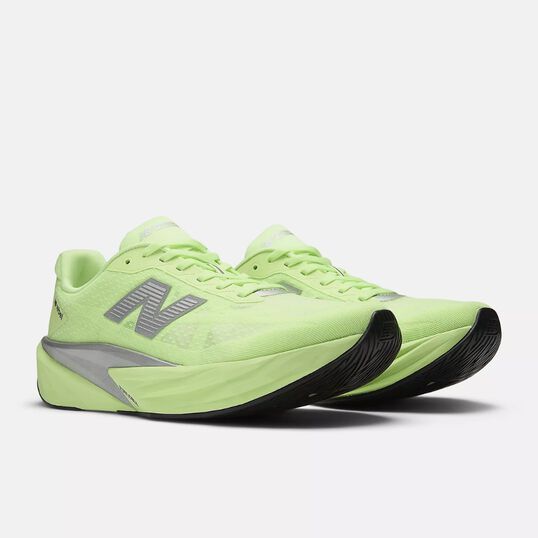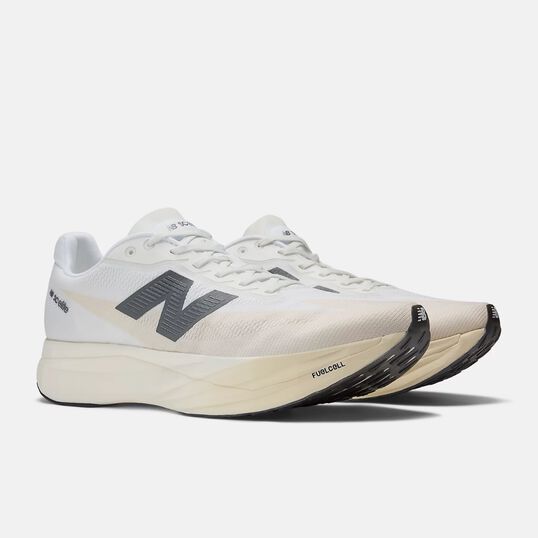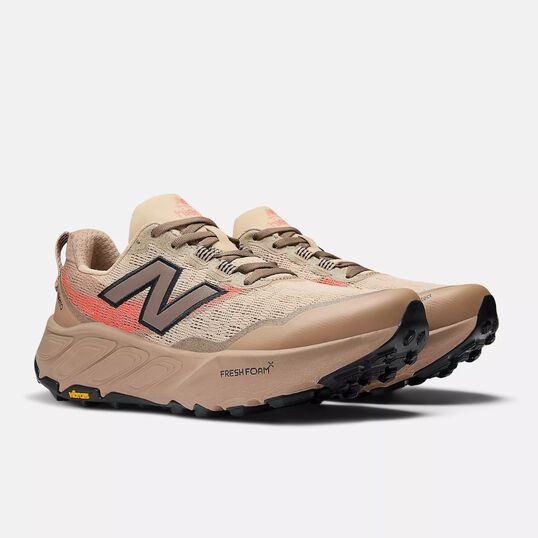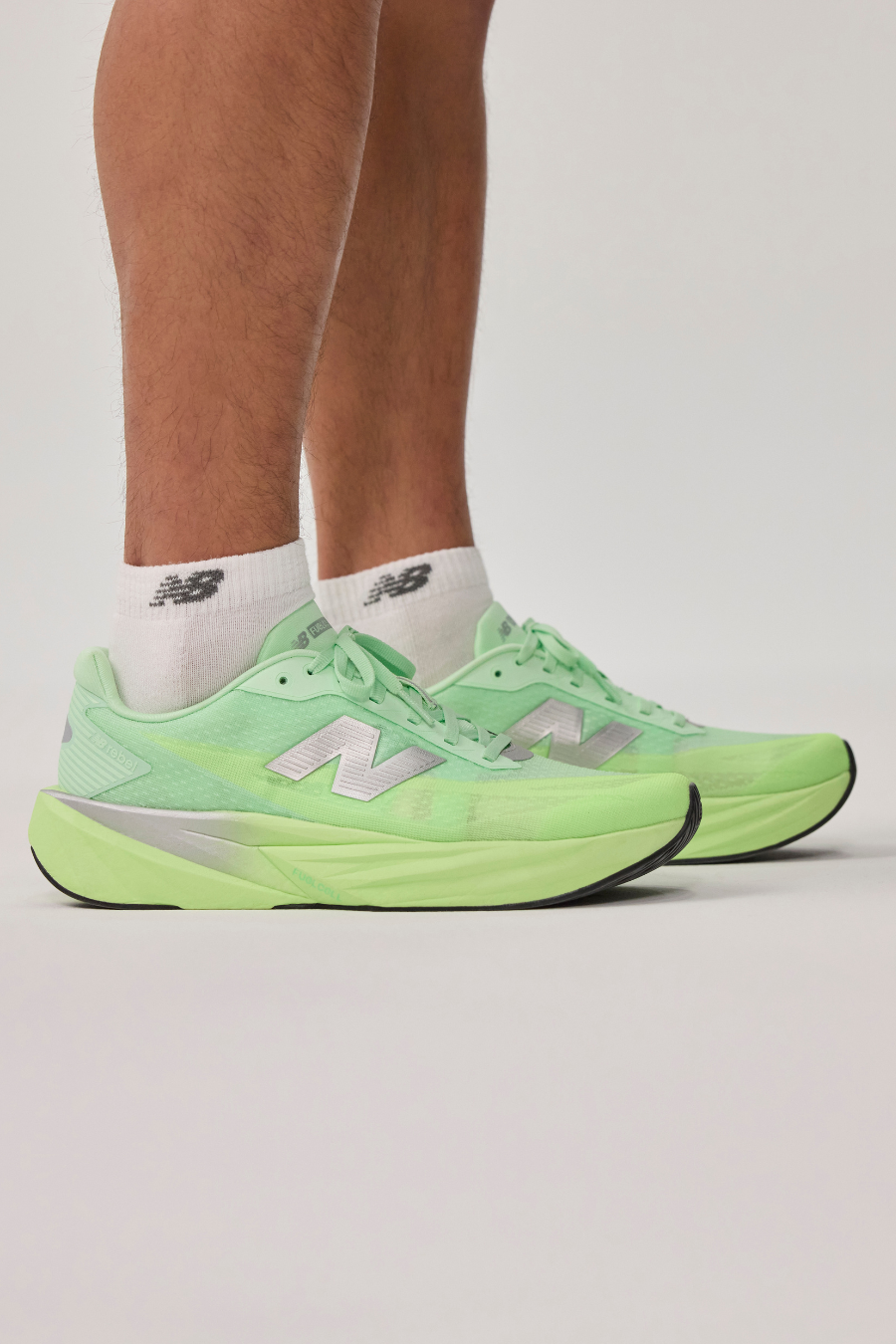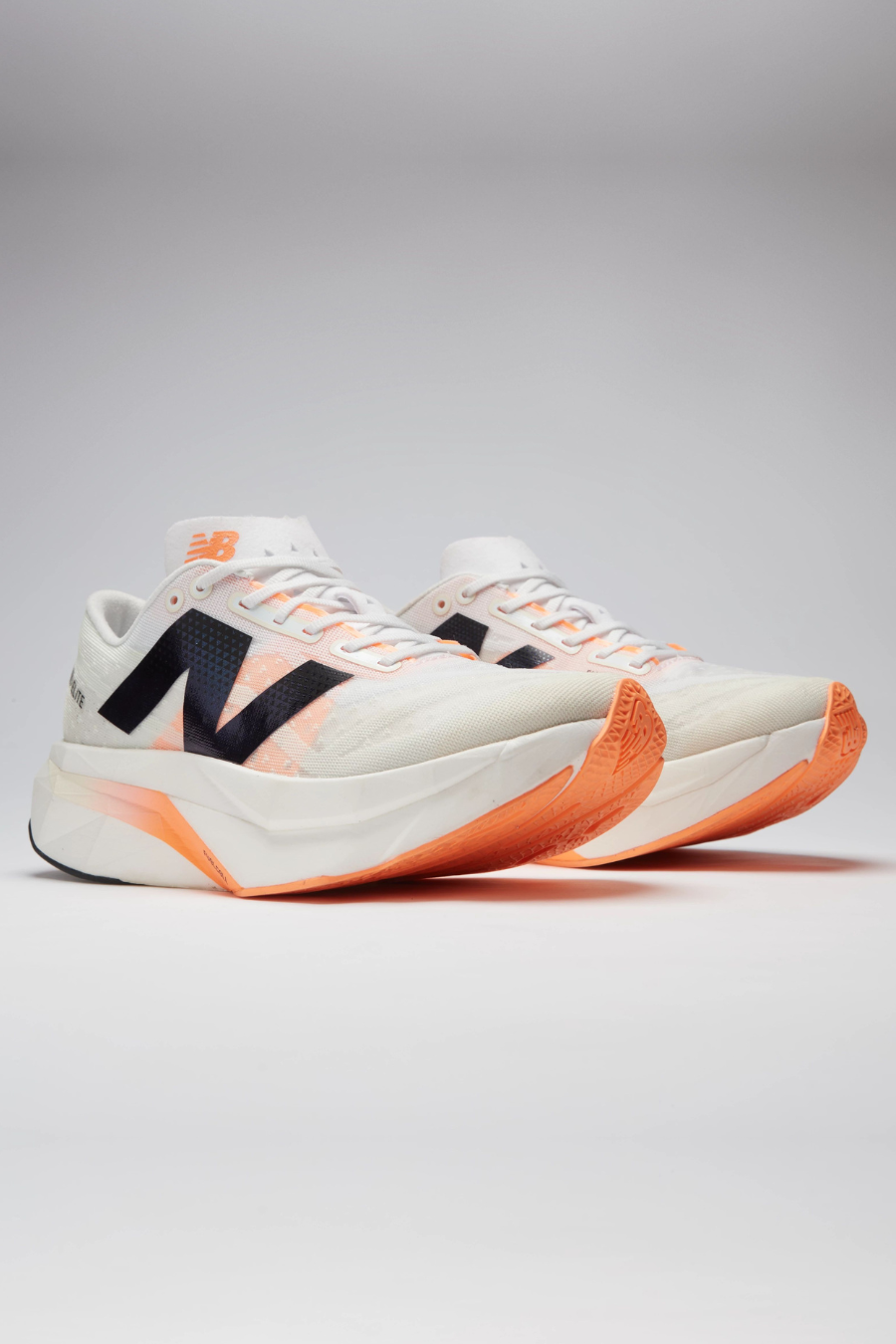- Running
- Running Shoes
Running Shoes
(76)Filters
(73)
Shop Running Shoes For Men & Women – Built for Every Pace & Distance
The right running shoes make all the difference—whether you're training for a marathon, or enjoying a casual jog. The New Balance Running Shoes collection offers a variety of options designed for comfort, support, and performance, helping you run your best every step of the way.
Find the Right Running Shoes for Your Stride
Every runner has unique needs. From men’s running shoes built for stability to women’s running shoes designed for responsive cushioning, our selection supports all types of runners. Choose from neutral, cushioned, and motion-control designs to match your running style.
Engineered for Performance & Comfort
Whether you prefer road running or tackling new terrain, the right shoe ensures durability and energy return. Explore lightweight running shoes for speed, cushioned running shoes for longer distances, and trail running shoes for grip on uneven surfaces.
Supportive Fit for Every Run
Designed with advanced midsole technology and breathable uppers, our collection helps reduce impact and keep you comfortable from warm-up to cool-down. Pair your shoes with running socks to enhance support and prevent friction.
Step into Your Next Run
From training to race day, find the perfect fit with men’s running shoes and women’s running shoes designed to help you push your limits. Whether you need flexibility, stability, or extra cushioning, there’s a pair built for your goals.
FAQs
How do I choose the right running shoes?
Consider your foot type, arch support, and running style. If you need extra cushioning, look for cushioned running shoes. For speed, opt for lightweight running shoes.
What is the difference between road and trail running shoes?
Road running shoes are built for pavement and smoother surfaces, offering lightweight cushioning. Trail running shoes provide better traction and support for uneven terrain.
How often should I replace my running shoes?
Most running shoes should be replaced every 500-800 km, depending on wear and tear. Regular runners should monitor midsole compression and outsole grip for signs of replacement.

